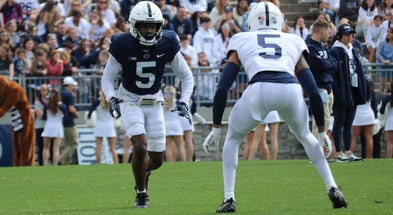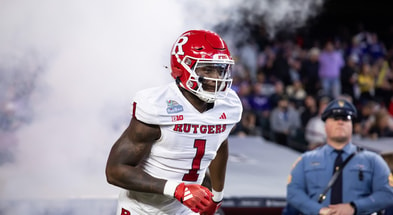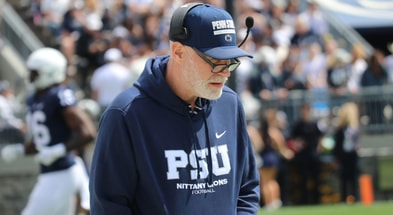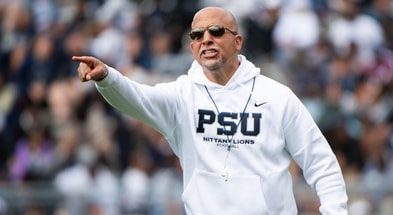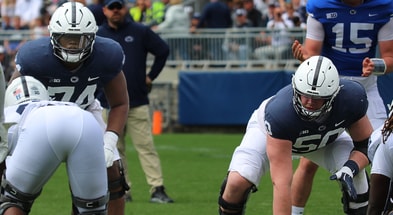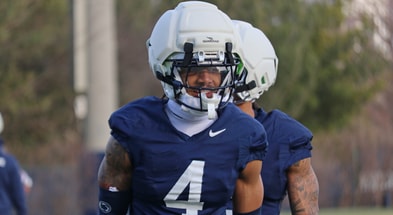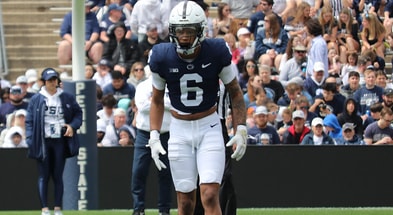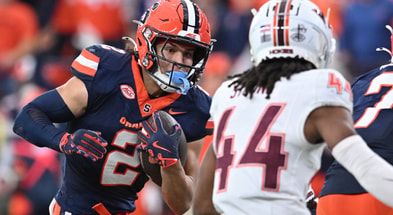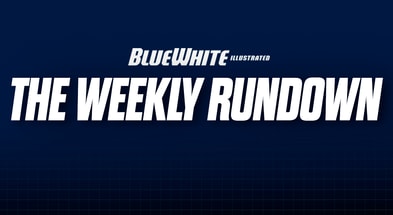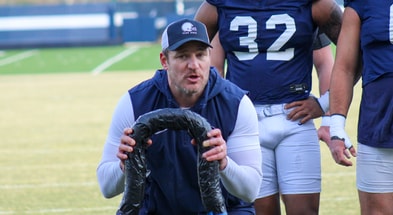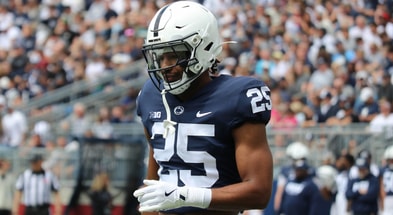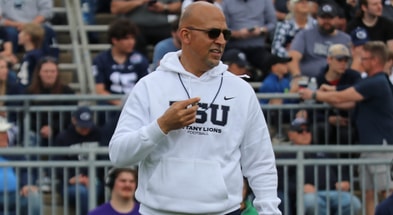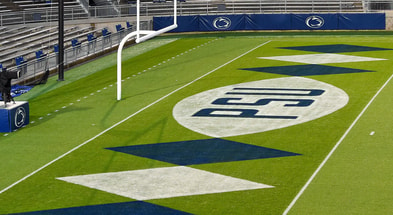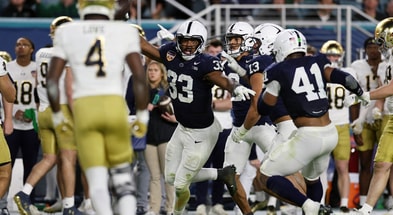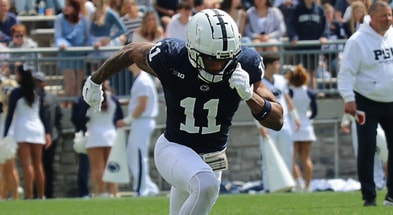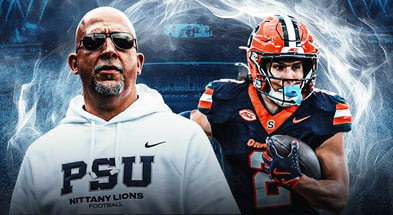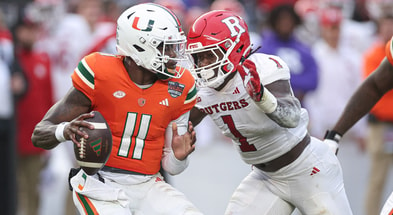In shifting NIL landscape, Penn State AD Sandy Barbour details challenges

The NIL game took a serious step forward for Penn State student-athletes on Wednesday.
Rolling out a new website and social media presence, the Success with Honor collective has launched. With it, Penn State athletics now has a powerful, (if unaffiliated) resource to tap for its 800-plus student-athletes in the NIL space.
Led by former Penn State Board of Trustees chairman Ira Lubert, and an advisory board that includes notable Penn State alumni like LaVar Arrington, Todd Blackledge, and Michael Robinson, among others, an organized piece is in place to harness the power of Penn State’s vast network of supporters.
Penn State’s NIL approach
As outgoing Penn State athletic director Sandy Barbour explained Monday, however, the landscape of NIL continues to shift. The challenges that have emerged from that evolution, one that has spanned the legal introduction of NIL last July until now, are in deciphering trends.
“I think a lot of it is sorting through what’s real and what isn’t real,” Barbour said. “We know what it was supposed to be from an educational and an opportunity foundation. And then kind of dealing with where the gap is between what it actually is and (where) will it settle out.”
That question, one in which big numbers have been attached both to individual student-athletes as well as specific programs, has changed in the past nine months.
With the On3 NIL Valuation index helping to sort through that relative black hole of information, acting as a reflective predictor of market rates and value, questions remain.
And while Penn State initially took an education-centric approach, revealing its comprehensive STATEment education program for student-athletes last July, other considerations have since come to light, Barbour acknowledged.
“I would say for us, we’ve done a tremendous job – and we can always do better – but we’ve done a tremendous job from the education piece,” Barbour said. “You all have heard me talk about the resources that we have here at Penn State, that frankly some of them came out of the woodwork that have been very helpful, and we need to continue to build those out on behalf of student-athletes.”
NIL’s shifting landscape
However, she continued, Penn State’s athletic department much also keep an eye on staffing to cover all bases about NIL.
Top 10
- 1New
Alan Haller
Fired as Michigan State AD
- 2Trending
Fan falls from stands
New update from Pirates game
- 3
Kentucky, St. John's
Set to play in 2025-26
- 4Hot
Bill Belichick
Netflix mocks coach, girlfriend
- 5
Bracketology
Way Too Early Tournament projection
Get the On3 Top 10 to your inbox every morning
By clicking "Subscribe to Newsletter", I agree to On3's Privacy Notice, Terms, and use of my personal information described therein.
While that wouldn’t include facilitation of direct NIL deals for student-athletes, Barbour said that the calculus has evolved with the changing landscape.
Should NIL personnel for athletics be education-centric? Should it have a wealth of knowledge about marketing or advertising? And what elements will be important as changes continue to take place in NIL in the future?
“What kind of background as we put personnel in place to help our students, what kind of background are we looking for?” Barbour asked. “Because, I’ll tell you, six months ago I would have said it was one thing, and today I say it’s something else.
“As we put people in place… six months from now, is it going to be something different? So I think that’s a huge challenge.
In an environment in which NIL is increasingly growing in influence in recruiting – a word that now encompasses traditional high school recruiting, the transfer portal, and current team personnel – Barbour said the program’s strategy is of undeniable importance moving forward.
“It’s balancing the place it plays in recruiting, both prospective student-athletes out of high school and either turnovers or retaining your own student-athletes,” she said. “I think that’s kind of a head-scratcher, but one that if we’re all going to compete, we’ve got to pay attention to.”



